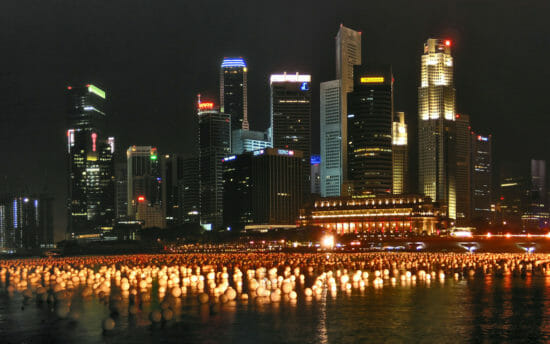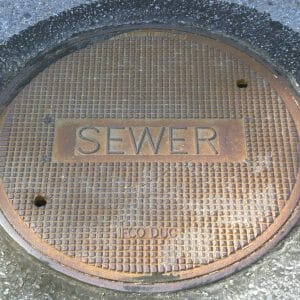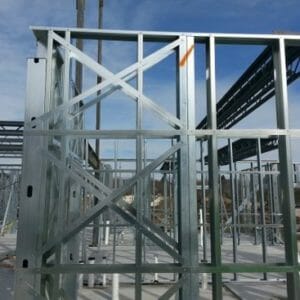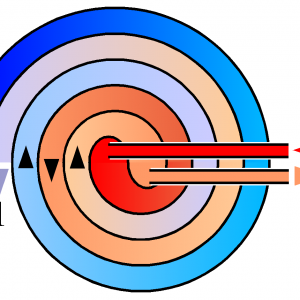E – 1317 Sustainable Lighting Design
$75.00
Courses Included
This publication discusses how to provide sustainable lighting design to achieve the required LEED or other certification level in accordance with owner’s objectives. Incorporating sustainable goals into the design process requires a careful analysis of both the cost and the benefits of the strategies outlined in the rating system. Any design strategy has both synergies and tradeoffs with other building systems and the project budget. Lighting design addresses several sustainable issues and presents multiple strategies that can be considered in a particular project: daylight utilization, lighting controls, energy efficiency, materials, light pollution, and light trespass. All of these issues have significant impacts on the project budget that can best be evaluated with a life-cycle cost analysis. Additionally, the most sustainable solution to a new building project may be to renovate an existing building. In this situation, certain lighting issues must be addressed to improve the efficiency and visibility of an existing system.
Course Outline
1. SUSTAINABILITY ISSUES
2. DAYLIGHTING
This course will give you professional tools that will help you to understand the technical, design and operating requirements for design of lighting systems for buildings that will be compatible with typical sustainable building goals.
Description
This publication discusses how to provide sustainable lighting design to achieve the required LEED or other certification level in accordance with owner’s objectives. Incorporating sustainable goals into the design process requires a careful analysis of both the cost and the benefits of the strategies outlined in the rating system. Any design strategy has both synergies and tradeoffs with other building systems and the project budget. Lighting design addresses several sustainable issues and presents multiple strategies that can be considered in a particular project: daylight utilization, lighting controls, energy efficiency, materials, light pollution, and light trespass. All of these issues have significant impacts on the project budget that can best be evaluated with a life-cycle cost analysis. Additionally, the most sustainable solution to a new building project may be to renovate an existing building. In this situation, certain lighting issues must be addressed to improve the efficiency and visibility of an existing system.
Course Outline
1. SUSTAINABILITY ISSUES
2. DAYLIGHTING
This course will give you professional tools that will help you to understand the technical, design and operating requirements for design of lighting systems for buildings that will be compatible with typical sustainable building goals.
- Learn about sustainable lighting design and the LEED rating system;
- Learn about daylighting strategies for interior illumination;
- Learn the importance of fully shielded luminaires for roadway and area lighting;
- Learn about the concepts of light pollution and light trespass;
- Learn about light source life expectancy estimates;
- Learn about different lighting retrofit strategies;
- Learn how to retrofit existing troffer systems; and
- Learn how to maximize the lighting efficiency of building glazing systems.






